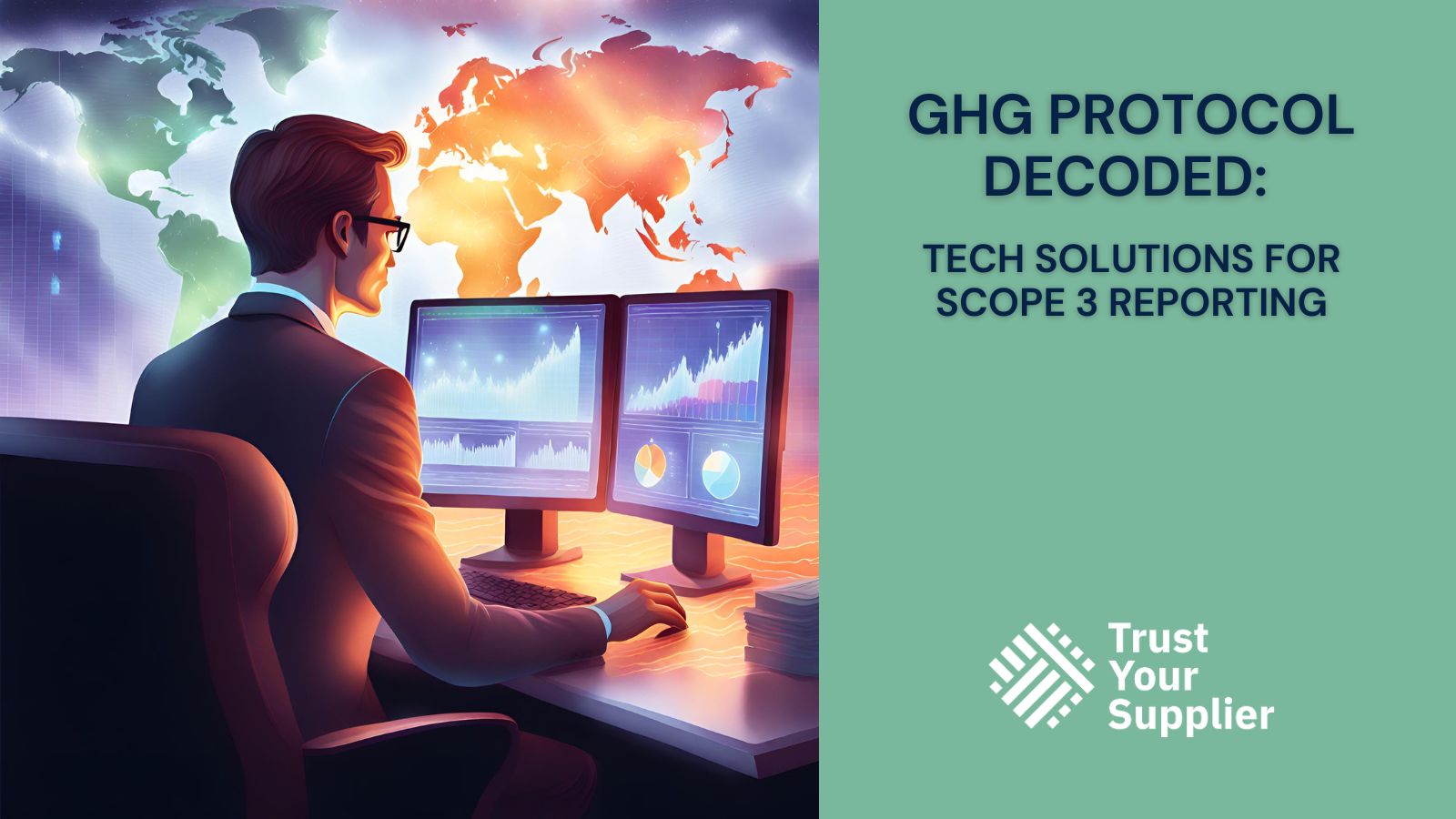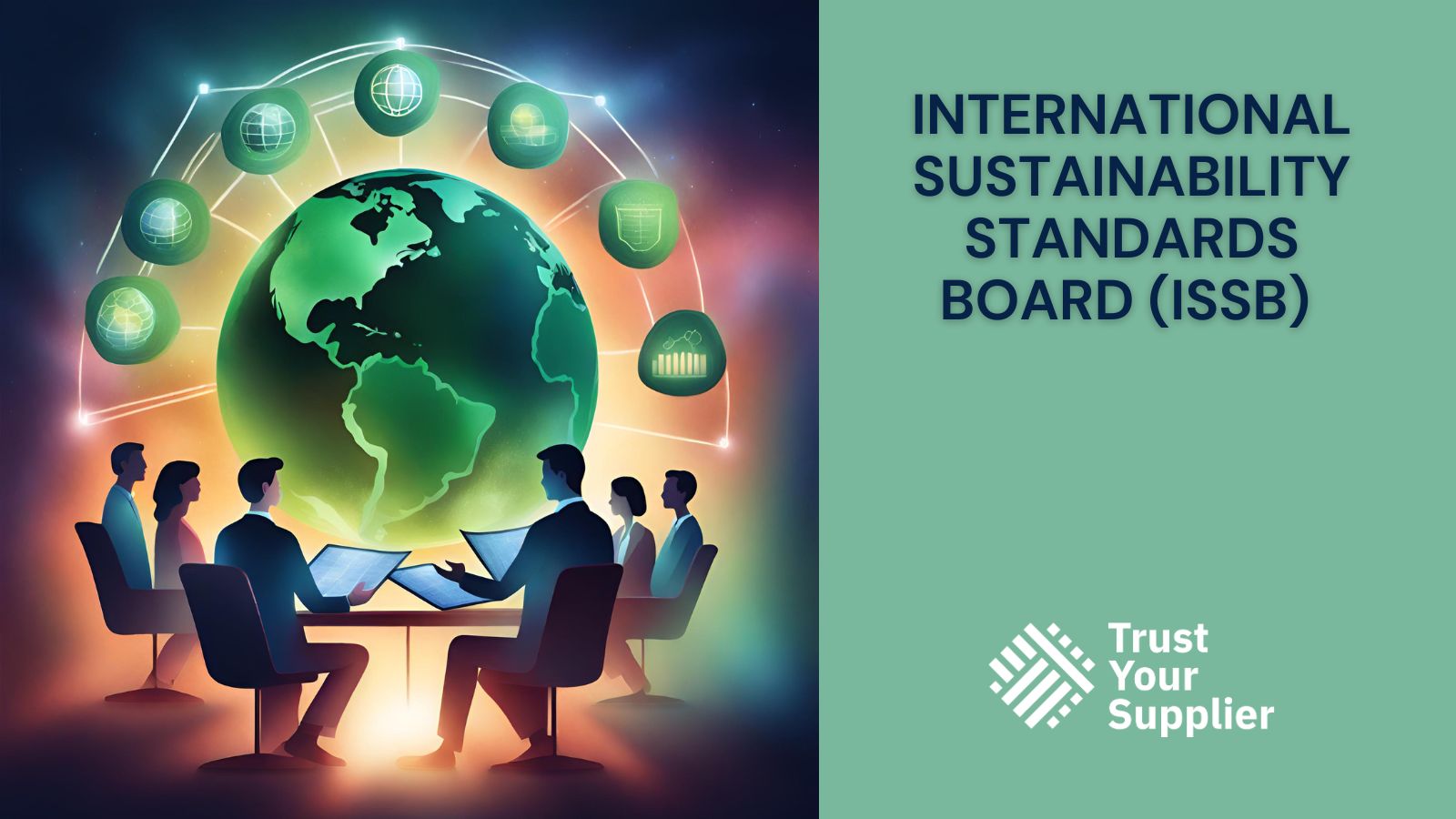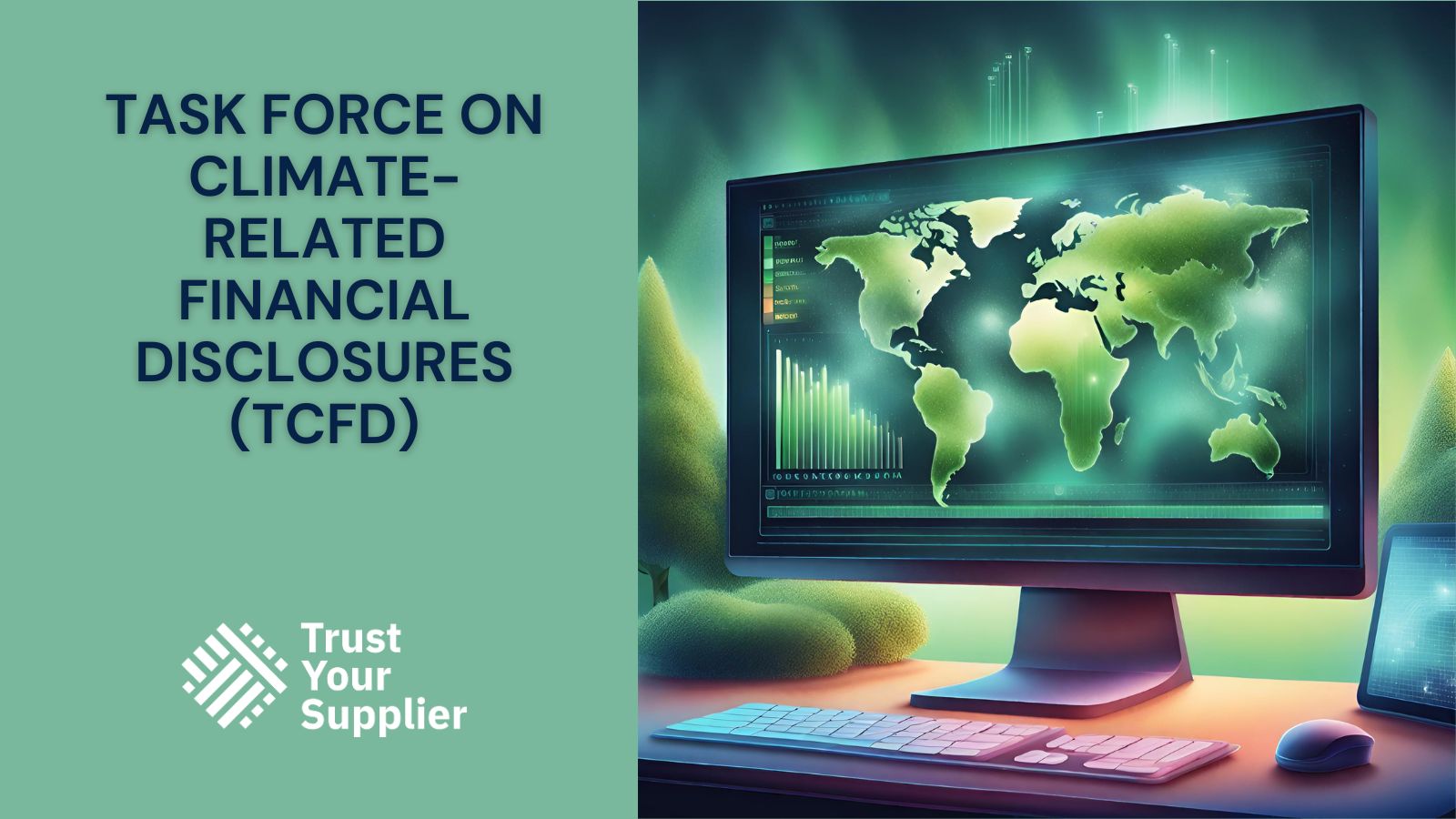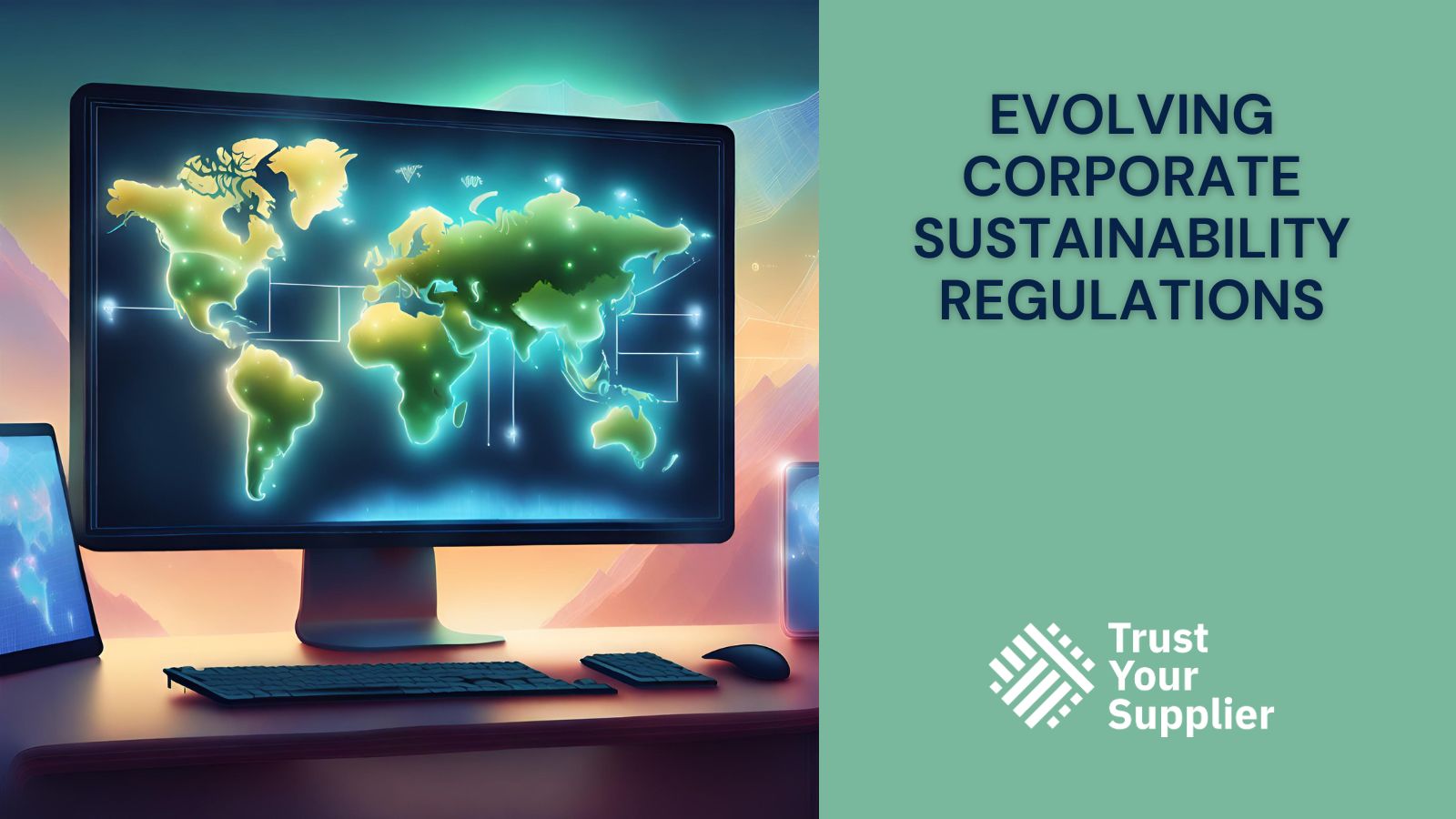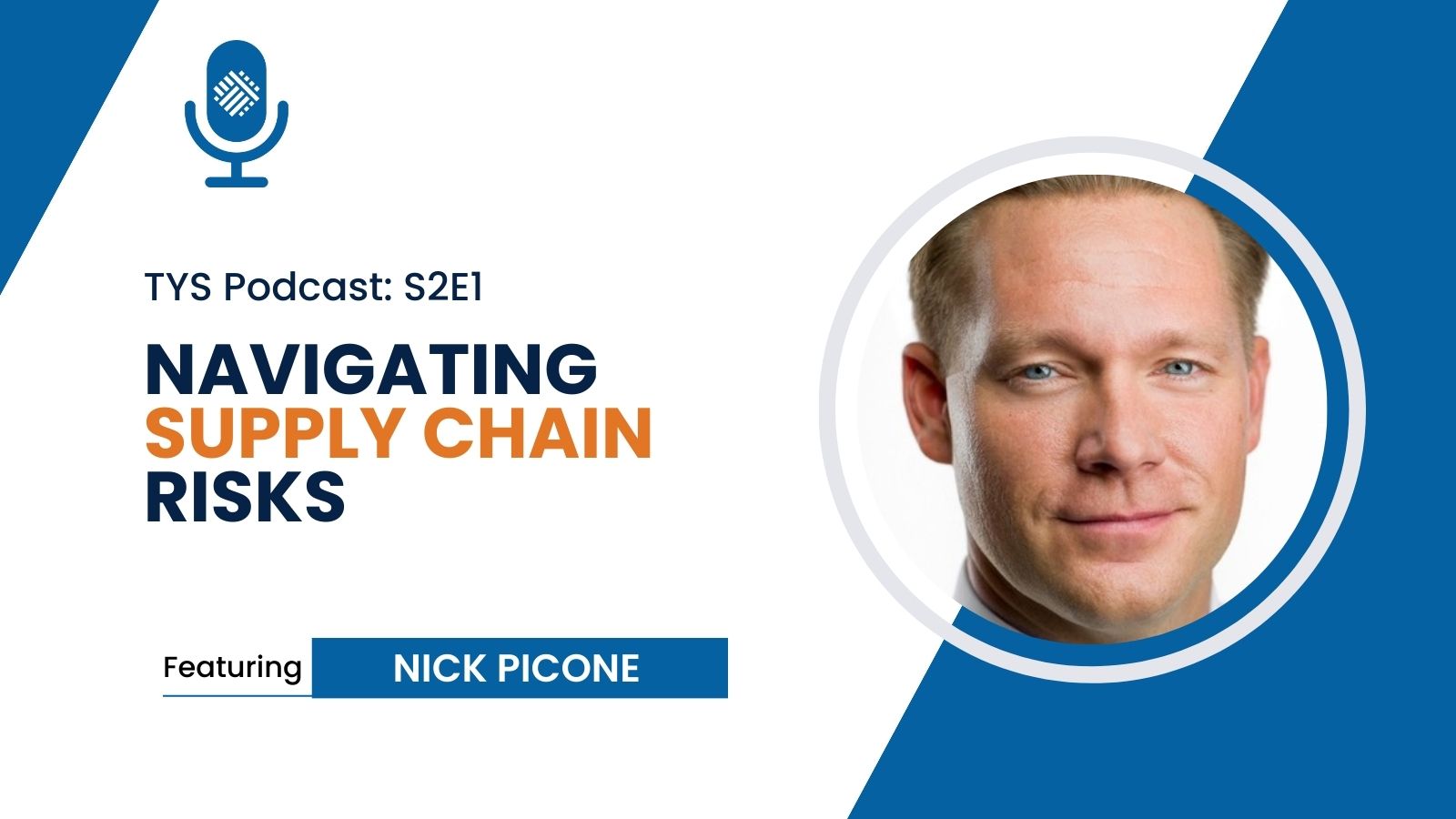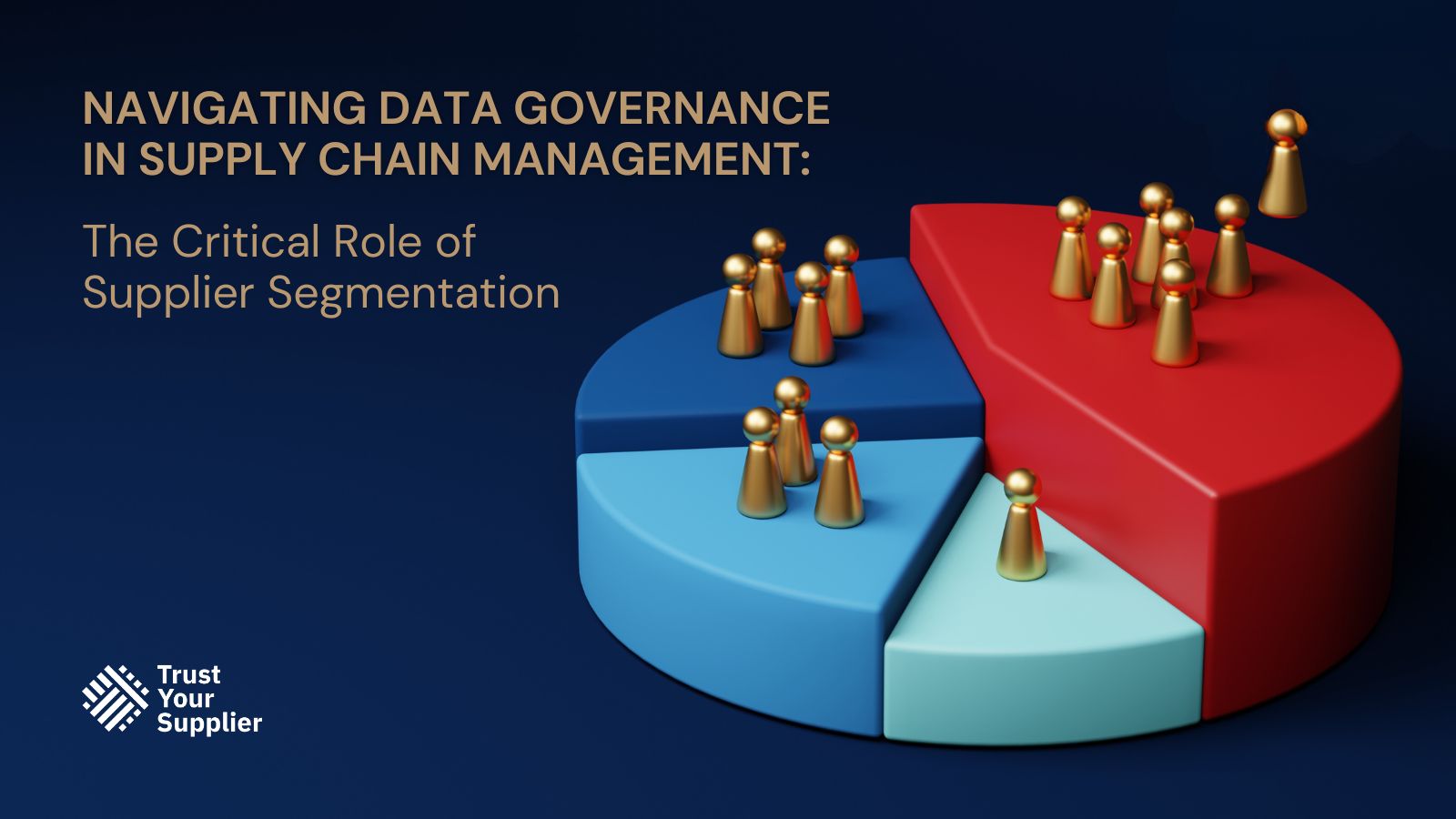by Michelle Armstrong, TYS Global VP of Value Solutions Consultant
Scope 3 emissions, often referred to as “value chain emissions,” are a part of the Greenhouse Gas Protocol’s corporate standard for greenhouse gas accounting. These emissions are generally the most significant share of an organization’s carbon footprint but are also the most complex to manage and mitigate, as they involve activities not directly owned or controlled by the reporting company. Scope 3 includes both upstream and downstream emissions and encompasses a wide range of indirect emissions sources.
The regulations and guidelines around Scope 3 emissions vary depending on the region and the specific regulatory framework. However, there are some general aspects to consider:
- Voluntary vs. Mandatory Reporting: In many regions, reporting Scope 3 emissions is still voluntary but is increasingly being encouraged or required as part of broader sustainability reporting frameworks. For example, the European Union’s Non-Financial Reporting Directive (NFRD) encourages companies to report on their Scope 3 emissions.
- Standards and Protocols: The Greenhouse Gas Protocol provides the most widely used international accounting tool for government and business leaders to understand, quantify, and manage greenhouse gas emissions, including Scope 3.
- Corporate Sustainability Reporting: Companies may choose to report Scope 3 emissions as part of their sustainability or corporate social responsibility (CSR) reporting. This is often done to improve transparency, manage risks, and identify opportunities for reducing emissions in the supply chain.
- Investor and Stakeholder Pressure: There is increasing pressure from investors, customers, and other stakeholders for companies to report and reduce their Scope 3 emissions. This pressure often drives more detailed and rigorous reporting and reduction strategies.
- Sector-Specific Guidelines: Certain industries have specific guidelines or expectations for Scope 3 reporting. For example, the Science Based Targets initiative (SBTi) provides methods and guidance for companies to set science-based targets for reducing greenhouse gas emissions, including Scope 3.
- Local and National Regulations: Some countries have specific regulations or guidelines for Scope 3 reporting. These can vary significantly and may be more or less stringent than international standards.
- Integration with Broader ESG Goals: Scope 3 emissions reporting is often part of broader environmental, social, and governance (ESG) strategies and goals within organizations.
Technological Approaches for Measuring Scope 3 Emissions
Measuring Scope 3 emissions involves complex data collection and analysis due to the broad range of indirect emission sources across a company’s value chain. Technology plays a crucial role in this process, with several key approaches:
- Life Cycle Assessment (LCA) Tools: These software tools analyze the environmental impacts of products or services throughout their entire life cycle, from raw material extraction to disposal. LCA tools can be instrumental in quantifying Scope 3 emissions related to product use and end-of-life stages.
- Supply Chain Analysis Software: These platforms focus on mapping and assessing emissions within a company’s supply chain. They help identify hotspots of high emissions and opportunities for reduction by analyzing supplier data and activities.
- Carbon Accounting Platforms: These comprehensive tools enable companies to track and manage their carbon emissions across all scopes, including Scope 3. They often feature dashboards, reporting capabilities, and scenario analysis to support strategic decision-making.
- Energy Management Systems (EMS): While primarily focused on direct energy consumption (Scope 1 and 2), EMS can also contribute to Scope 3 analysis by providing insights into the energy use and associated emissions of leased assets, franchises, and outsourced activities.
- Blockchain and IoT: Emerging technologies like blockchain and the Internet of Things (IoT) offer new ways to track and verify emissions data across complex supply chains, enhancing transparency and accuracy.
Data Sources for Scope 3 Emissions Measurement
Scope 3 reporting platforms gather data from a variety of sources:
- Supplier Surveys and Self-Reporting: Direct communication with suppliers to collect data on their emissions and environmental practices.
- Industry Averages and Benchmarks: Utilizing established databases and benchmarks to estimate emissions for common processes or products in the absence of specific data.
- Public and Proprietary Databases: Accessing government or commercial databases that provide emissions factors and environmental impact data for a wide range of activities and materials.
- Sensor and IoT Data: Collecting real-time data from sensors and IoT devices embedded in products or supply chain operations to monitor emissions.
Reliability and Approaches
The reliability of Scope 3 measurement can vary significantly based on the data quality, the methodologies used, and the comprehensiveness of the analysis. Approaches that incorporate primary data from direct suppliers and use robust, widely recognized methodologies (like those recommended by the Greenhouse Gas Protocol) tend to be more reliable. However, even with the best tools and intentions, Scope 3 measurements often involve a degree of estimation and uncertainty, especially when relying on secondary data or industry averages.
Watch-Outs When Sourcing Scope 3 Reporting Software
- Data Quality and Transparency: Ensure the software supports high-quality, verifiable data collection and offers transparency about its methodologies and data sources.
- Customization and Scalability: The platform should be adaptable to your specific industry and supply chain complexity and scalable as your business and reporting needs evolve.
- Integration with Existing Systems: The software should integrate seamlessly with your existing ERP, CRM, and other management systems to streamline data flow and avoid silos.
- Compliance and Standards Alignment: Verify that the software supports compliance with relevant regional regulations and aligns with international standards like the Greenhouse Gas Protocol.
- User Support and Training: Adequate user support, training, and resources are essential to ensure the successful implementation and ongoing use of the platform.
In conclusion, technology offers powerful tools for measuring Scope 3 emissions, but the choice of platform and approach requires careful consideration of your company’s specific needs, the quality and source of the data used, and the ability to integrate and align with broader sustainability goals

